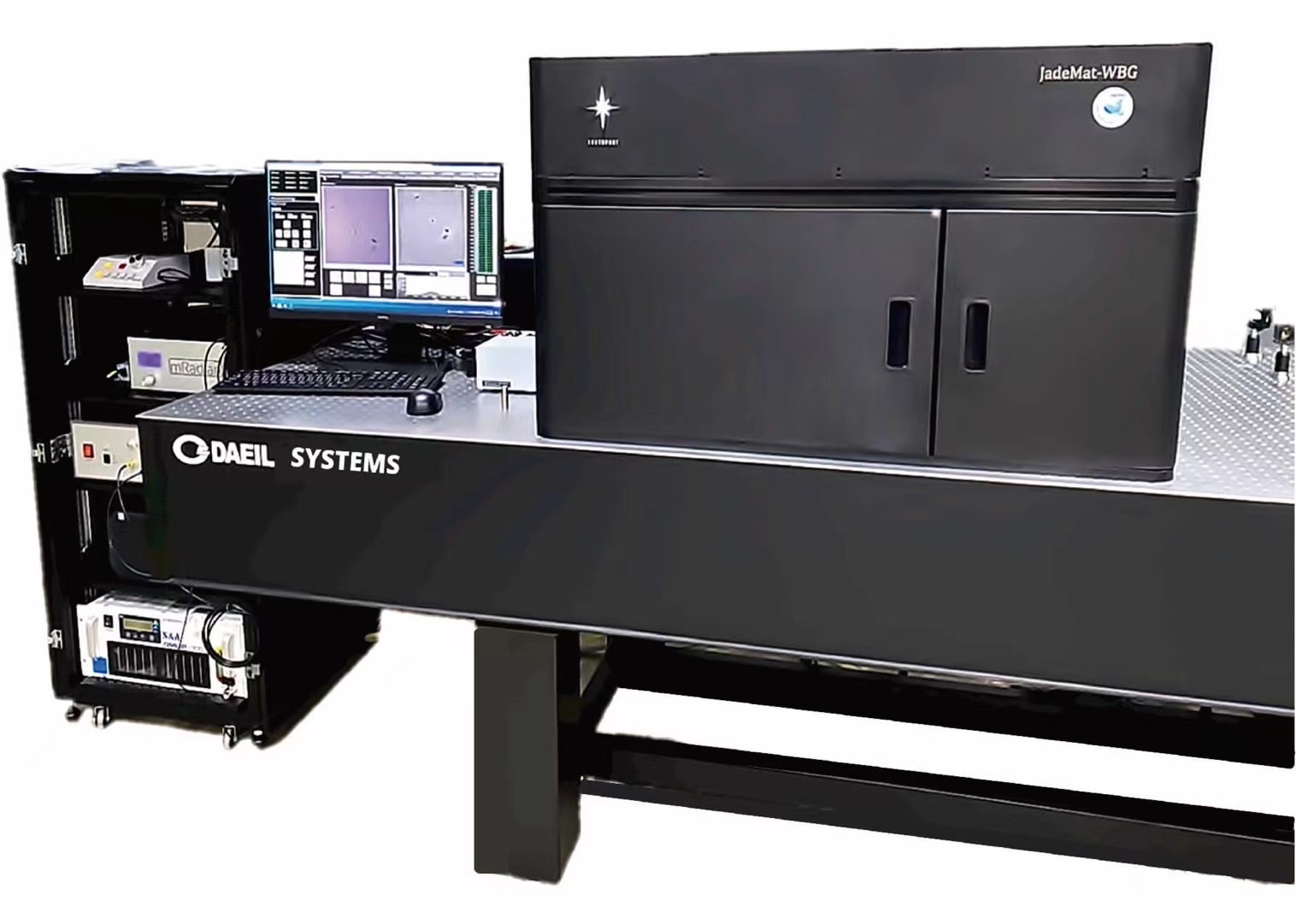This is another very interesting piece of information, it is in the havoc thread, but not from havoc, so maybe it is to be confirmed
按分辨率区别,DUV光刻机有90干式,65干式,38~45浸没式。
90干式经济工艺节点130至65。
65干式经济工艺节点65至45。
38~45浸没式经济工艺节点45至22,多套刻几下也能达7,但无法商用,成本太高。
有了浸没式也意味着解决了65干式镜头组,65干式镜再加水浸没,由1.44折射率产生38~45nm分辨率,也就是浸没式。
如果楼主说的属实,则是65干式镜头组都用于浸没式了,没生产65光刻机。
"According to the difference of resolution, DUV lithography machine has 90 dry type, 65 dry type, and 38~45 immersion type.
90 dry economy process nodes 130 to 65.
65 dry economy process nodes 65 to 45.
38~45 submerged economical process nodes 45 to 22, can reach 7 with a few sets of engraving, but it cannot be commercialized, and the cost is too high.
The immersion type also means that the 65mm dry lens group is solved, and the 65mm dry lens is submerged in water, and the resolution of 38~45nm is produced by the 1.44 refractive index, that is, the immersion type.
If what the poster said is true, the 65 dry lens group is used for immersion, and no 65 lithography machine is produced."
I summarize according to what I have understood:
SMEE Arf 193nm has 2 setups / lens systems.
One setup has 90nm resolution 0.75NA, and the other has 65nm resolution (possibly because of a bigger second-gen 0.85 NA).
Relation between resolution and light source is given by
: Resolution = k1 • λ / NA
But instead of developing 2 Arf dry machines, with the 2 different lens system for 90nm and 65nm resolution,
SMEE is not developing a 65nm dry system (havoc confirmed it) and, maybe due to the very huge time pressure, decided to
bite the bullet: the new 65nm setup goes directly to immersion!
So SMEE is developing an Arf dry machine at 90nm resolution and an Arf immersion machine at 38/45nm resolution, taking the 65nm optical setup and adding the immersion sub-system.
This is quite a brave step from SMEE. They are going with
2 untested new big innovations together in one go: the new 65nm resolution lens system immediately applied to the new immersion technology.



